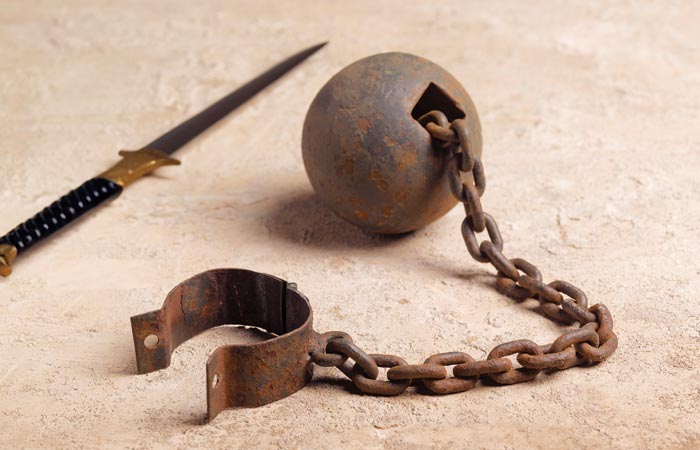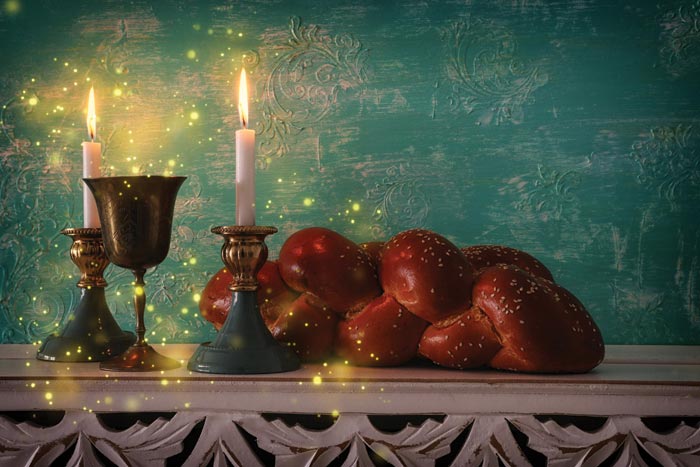If you spend a Saturday afternoon touring Stephen S. Wise Temple with Rabbi Isaiah Zeldin, you will be immersed in the living history of one of Judaism’s great, modern temples. Resting atop 18 commanding acres off of Mulholland Drive in Bel Air, the Stephen S. Wise complex houses 11 buildings where once, 40 years ago, there was nothing.
Zeldin — born, reared and educated in New York City and the Reform synagogue’s guiding beacon for four decades — founded the temple in 1964. At 83, he still talks with childlike excitement about the temple chapel or the schoolteachers’ lounge, displaying a knowledge of the synagogue akin to the knowledge a father has of his grown children. The walls of his modest study are adorned with handshake photos of the rabbi with Presidents Clinton and both Bushes, Israeli prime ministers and Stephen S. Wise himself.
Now, four decades after it was founded, the institution serves some 3,500 families, and its schools teach 1,800 children each day.
“We’re probably the largest synagogue in the world, but you can’t say that,” said Zeldin as begins his tour of the sanctuary, school and the compound’s lush landscaping.
At an expansive pavilion on the roof of a school building, Zeldin gazes at a playground that did not exist 40 years ago.
Jewish Journal: What was here when you came here?
Rabbi Isaiah Zeldin: A mountain that was 50 feet higher. We had to ‘daylight’ the area [lower the mountain’s height] so we took down the mountain 50 feet. We had no place for the dirt. So I invited the University of Judaism, which then was on Sunset Boulevard, to buy the property next door. And we pushed a million cubic yards of dirt onto their hole to make theirs a level piece of property.
JJ: You saw the building of the Getty Center, the beautiful Santa Monica Mountains preserved, the growth of the San Fernando Valley.
IZ: Nothing was here. We wanted to be in the center of the Jewish community. It turns out that this area right here is the center of the California general population but also the Jewish population. I wanted to get away from the ‘pavement’ idea, that a temple must be on the main street where there’s nothing but pavement. I wanted trees. I wanted landscaping all over. I wanted it to be a center for anything that could be even remotely Jewish that would attract people.
JJ: You did not adapt the New York idea of synagogues, such as in Brooklyn or Manhattan, just facing right out onto a boulevard?
IZ: Absolutely — but I copied the New York idea of making the synagogue a center of Jewish life. This was to be a gathering place for anybody who wants whatever of the Jewish pie he’d like to take on.
JJ: The nursery school rooms and the kindergartens touch you so much. Why?
IZ: If I have a bad day, for example, if I have to officiate at the funeral of a teenager, what I do is I spend the next week in the nursery school and I sit on the floor and the kids climb all over me. It’s the school that guarantees the Jewish future. The synagogue does not. It’s the school that guarantees that there will be people in the synagogue.
JJ: Any final thoughts about your 40 years here?
IZ: Poor Moses, who also labored for 40 years, couldn’t get to see the Promised Land. I have the added privilege of shepherding a congregation for 40 years, but I get to see and experience the Promised Land, every day. What we’ve created here is an island of Judaism…. You know what people call it?
JJ: What?
IZ: ‘Mount Shainai.’
JJ: Why Mount Shainai?
IZ: My name is Isaiah, in Hebrew ‘Yeshayahu’ — my name is ‘Shai.’ It is Mount ‘Shainai.’
Events marking the 40th anniversary include the temple’s Feb. 27-28 Shabbaton, “The Spirit of Shabbat: 40 Ways to Nourish Your Soul,” filled with family entertainment and lectures. In honor of the anniversary, a May 12 concert will be held at UCLA’s Royce Hall. For information on the Shabbaton or to register, visit www.sswt.org/40th/shabbaton.html. For ticket prices and more information about the concert, call (310) 889-2276.






















 More news and opinions than at a Shabbat dinner, right in your inbox.
More news and opinions than at a Shabbat dinner, right in your inbox.